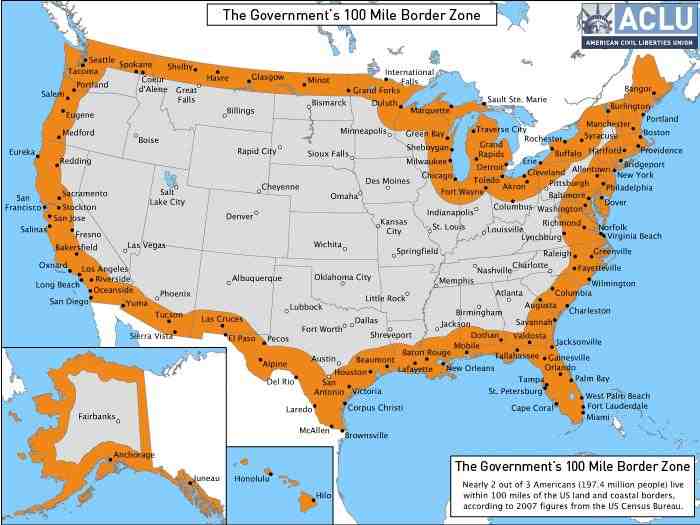I drove I-87 south from Rouse's Point to North Hudson (well beyond Lake Placid), and there were no checkpoints.What other roadThat one South of Lake Placid was dangerous. They used to wade out into I87 and wave little slow down signs and stop signs at cars and trucks going 70 mph. After a while they set up the cone lines and electric signs, but honestly if anyone coming here to cause a problem made it 70+ miles south of the border crossing, they wouldn't go down I87 through a well known checkpoint.
About 10 years ago, I drove though one set up on I-91 right before White River Junction. Pointless as well, because there were lots of alternate routes around it.
Out west it's different. There's one on US 90 about 20 miles east of Uvalde, TX that's pretty hard to bypass, though there is a local road northeast out of Bracketville that will do the job. There's one on I-5 north of San Diego in the middle of Camp Pendleton that's impossible to bypass. I'm not sure whethere's there's a checkpoint on I-15, I've never driven that one.














